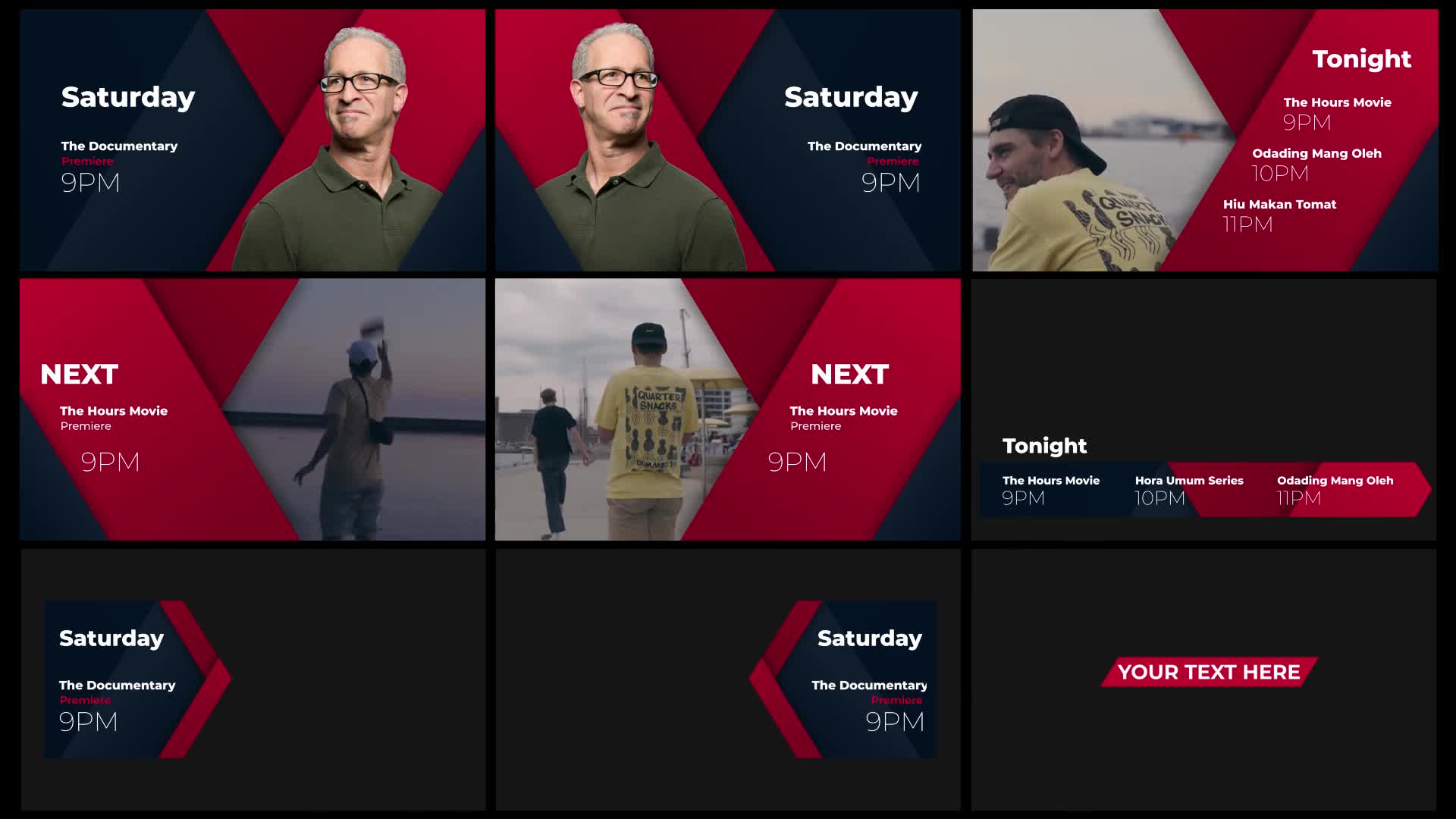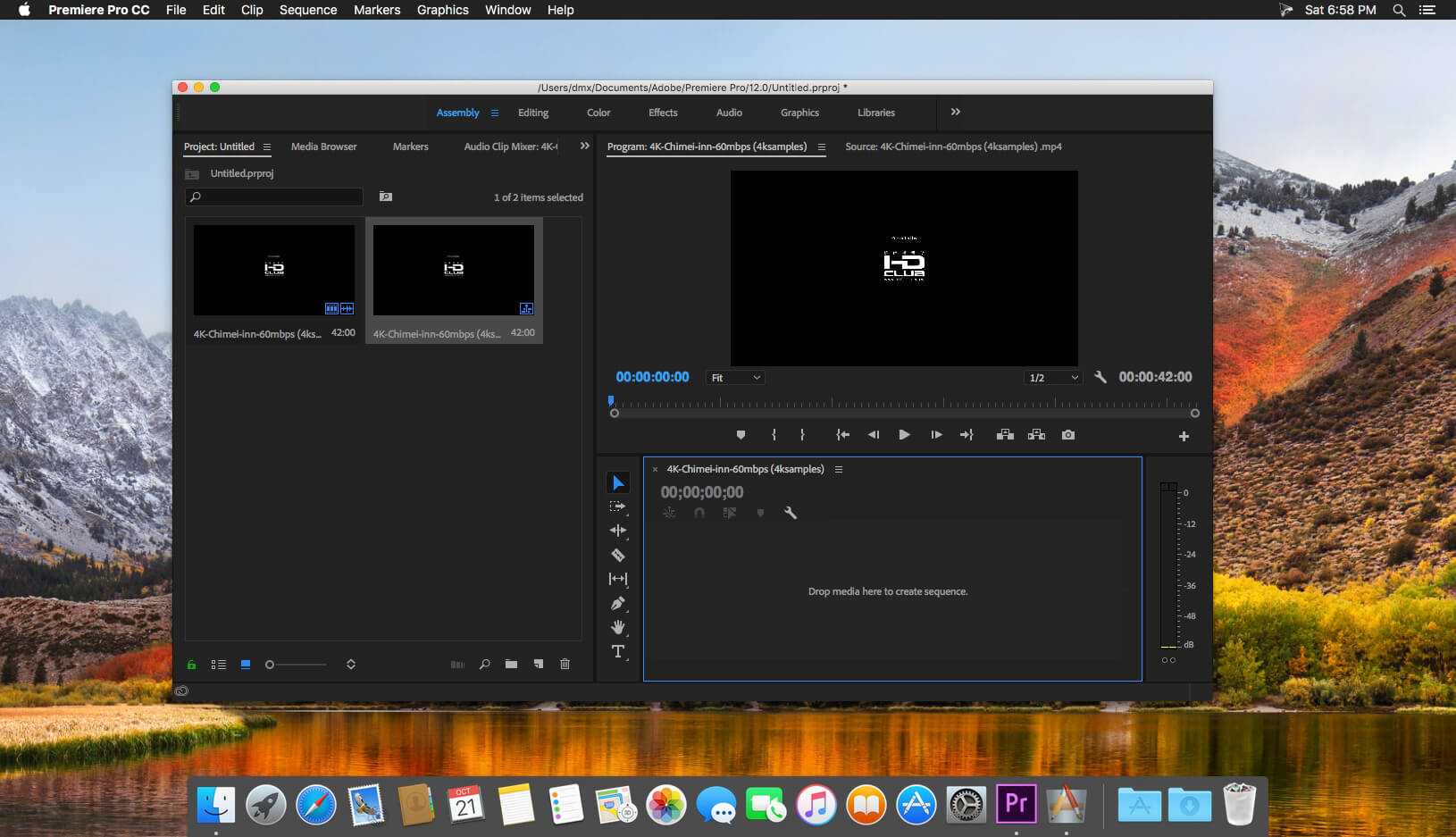

The remaining effects are essentially 360-aware versions of their 2D counterparts. The VR Projection tool is also handy, because it makes it easy to use footage shot on different 360 cameras on the same timeline. For example, we imported footage shot on a Ricoh Theta S alongside Garmin VIRB 360 output, and the VR Projection filter stretched the Ricoh footage perfectly to match the Garmin's. The VR Rotate Sphere effect lets you correct orientation issues with your 3D sphere, and you can add keyframes to animate the default view direction within the 360-degree space. Even better, all these effects are GPU-accelerated, so they gain a performance advantage from your graphics hardware. Apply the VR Plane to Sphere, and the image will instead appear like a 2D placard within 360-degree space, with tools to adjust how far away it looks and orientation.

The Plane to Sphere effect is particularly useful without this, when you import a 2D image it will automatically look curved.

But the new effects are seamless, and include Blur, Chromatic Aberrations, Color Gradients, De-Noise, Digital Glitch, Fractal Noise, Glow, Plane to Sphere, Projection, Rotate Sphere and Sharpen. Although you could apply 2D effects already, these introduce unwanted artefacts along stitching lines.


 0 kommentar(er)
0 kommentar(er)
